Washington Post, Op-Ed
March 23, 2018
NOW THAT Congress has failed to shore up Obamacare in the massive spending bill it is considering, it is all the more urgent for states to fill the gap. Maryland can lead the way, if state leaders embrace two critical Obamacare fixes under consideration in the General Assembly.
The first, creating a “reinsurance” program for the state, seems likely to pass. The idea is for Maryland to charge insurance companies an amount roughly equal to a tax break they received in the recent federal tax bill, then dedicate that money to keeping premiums down. The state would help insurers pay for very high-cost patients, allowing insurers to keep rates more manageable for everyone else. A recent study commissioned by the state and conducted by Wakely Consulting Group found that “for every $50 million dollars spent, premiums will be 3% to 4% lower than they otherwise would have been.” Gov. Larry Hogan (R) and Democratic legislative leaders support the plan, which would also prevent some damaging new Trump administration rules from taking effect in the state.
But reinsurance would not be enough. The federal tax bill eliminated Obamacare’s individual mandate, which required every American to carry health-care coverage. This important provision was meant to prevent people from signing up for insurance only when they got sick and needed expensive care. Even with reinsurance holding down premiums, the Wakely analysis made clear, the lack of a mandate could mean fewer and fewer people signing up for health insurance. Sicker people are more likely to buy health insurance, leading to higher premiums, which in turn would drive more relatively healthy people away.
The second bill would fix this mandate problem, and in a particularly ingenious way. As with the defunct federal mandate, Marylanders would be charged a fee on their tax forms if they failed to buy coverage. But the state would apply that fee to enroll the uninsured in health-care plans. Those who are due federal premium subsidies and can get a zero-dollar health-care plan would be automatically enrolled, unless they opted out. Those who would have to kick in their own money could use the fee toward the cost of insurance during the next open enrollment period. Rather than a penalty, the proposal’s backers call it a health-care “down payment,” reflecting the less punitive nature of the policy.
Maryland lawmakers may be tempted to defer imposing such a plan until after this year’s elections. But the sabotage that Washington Republicans have already wreaked threatens health-insurance markets now. Waiting to act means another open- enrollment period would pass without a patched-up system. Maryland can show other states how to make the Obamacare system work. It should embrace the opportunity.
Last modified: March 23, 2018


